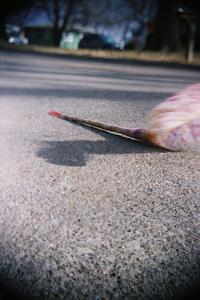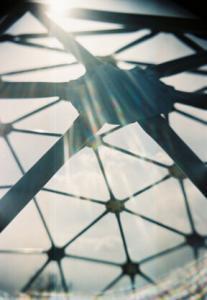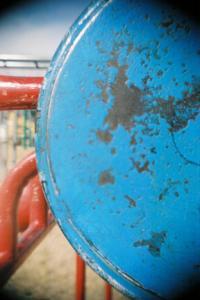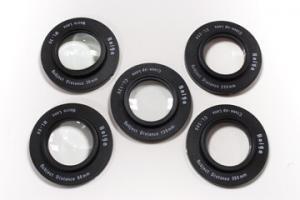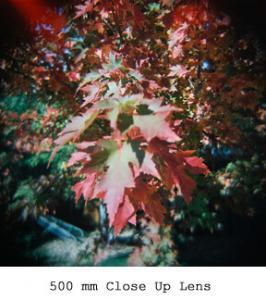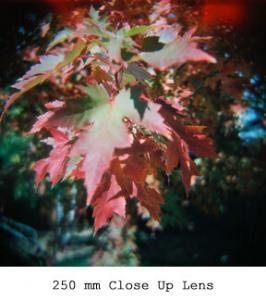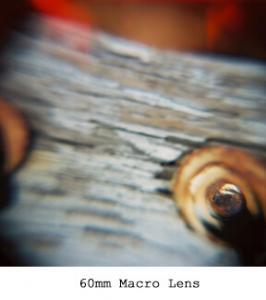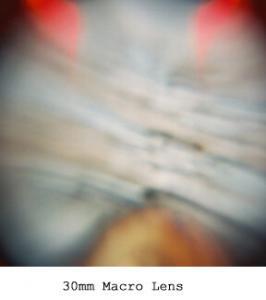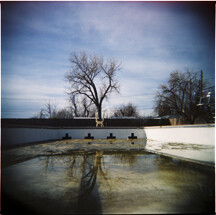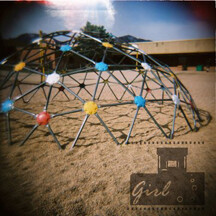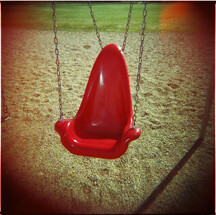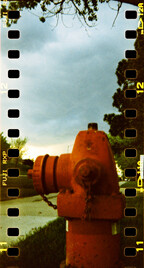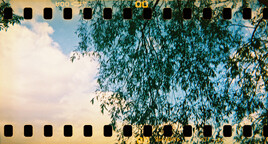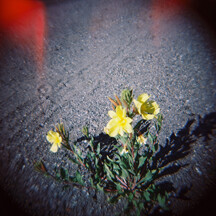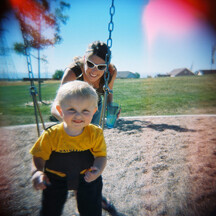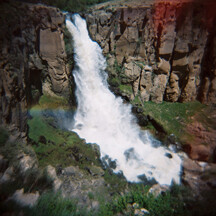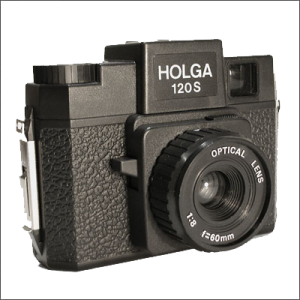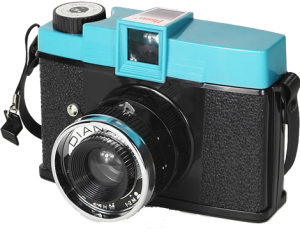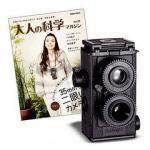 For this week I’ve decided to tell you about one of my new favorites, the 35mm Do-It-Yourself
For this week I’ve decided to tell you about one of my new favorites, the 35mm Do-It-Yourself
camera or the Gakken Flex. This is a 35mm TLR (twin lens reflex) that you build yourself. The first thing that drew me to this camera was that it is a TLR, I have always wanted one, but they can be pricey. The second thing was that I got to put it together.
Gakken is produced by Otonanokagku, and each volume is a different science lesson. The kits have ranged from Theremins to Computers, Cameras, Phonographs and more. Each comes with a beautifully produced magazine that tells the history of the subject that you will be working on. Volume 25 has a great history of film and photography. Because of the popularity of these cameras they are being distributed by Recesky without the magazine, and can be found at Four Corner Store (Check to make sure they have them in stock.) I enjoyed putting it together, but really struggled because the instructions are in Japanese, and as I don’t speak or read Japanese I only had pictures to go from. The focus ranges from approximately 1ft. to infinty, there is only 1 appeture setting (best to use in bright sun), and there is only 1 shutter speed, approximately 1/60.
The great thing about these little darlings is that they use 35mm film, so you can get the film processed almost anywhere. The downside is that the frame is slightly larger than a regular 35mm so it will get cropped unless you have a special scan. But don’t fret, I have customized one of our scanners so you can get the whole frame, you just send your film to Reed Art & Imaging for the processing, proofing and scanning.
Here are some sample images that I have taken with mine. Note that you still get the blurred, vignette edges.

